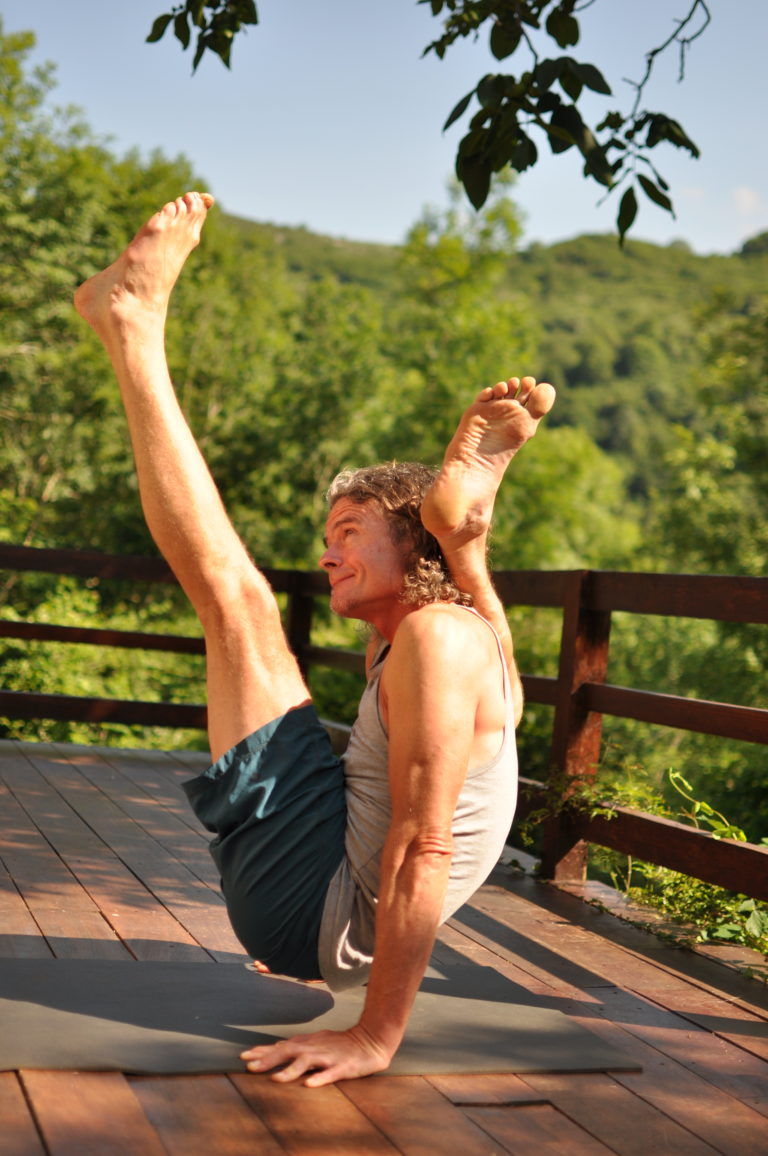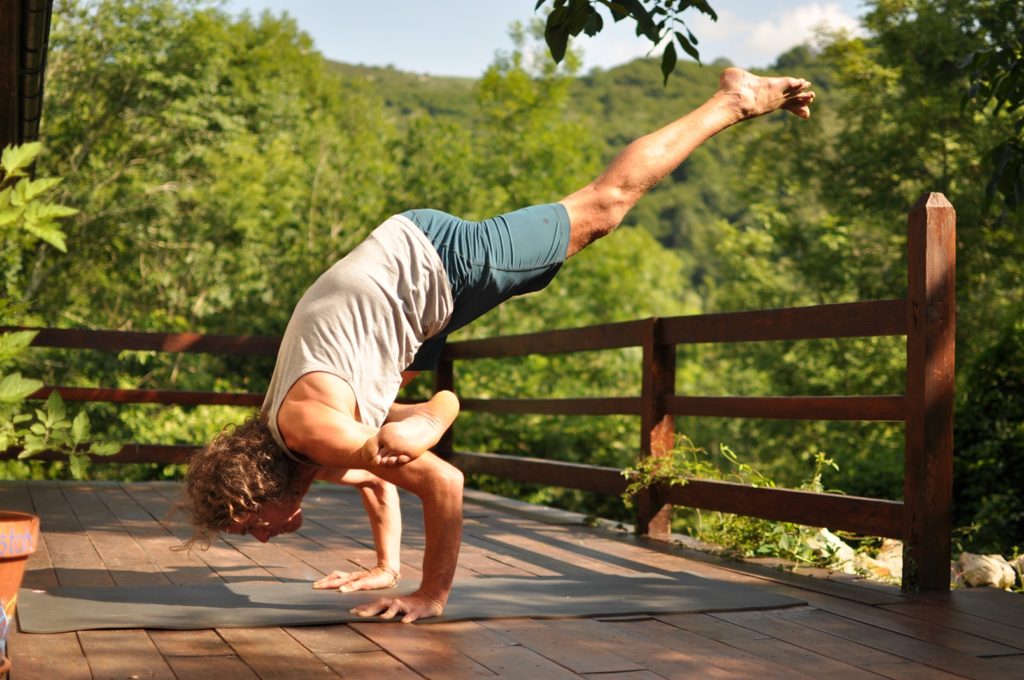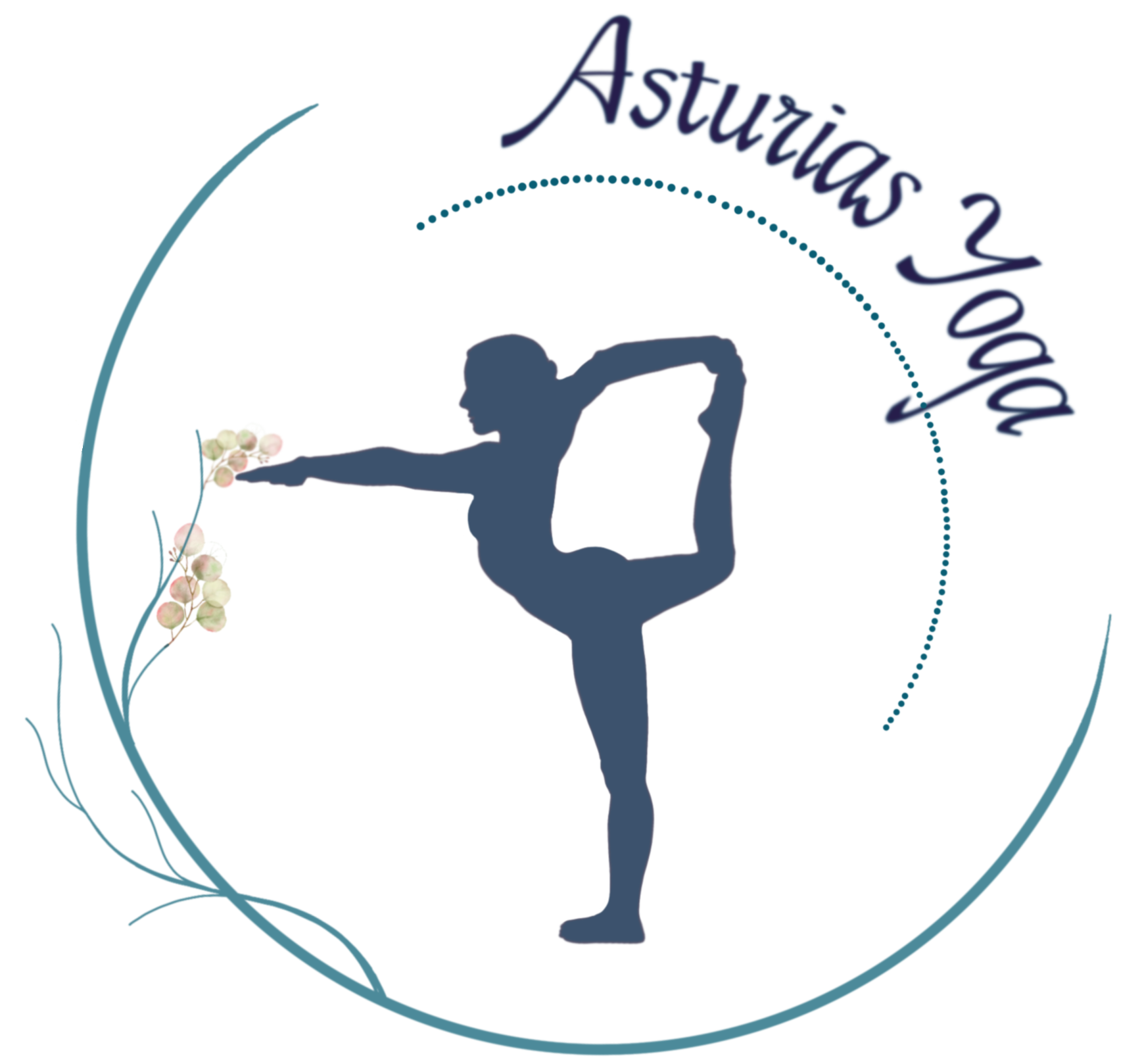After 15 years of practicing Ashtanga Yoga, in the last weeks I have begun to learn the 3rd Series (or Advanced A Series). From my initial impressions, I am not convinced that 15 years is sufficient preparation! The experience reminds me of my first encounters with the Primary Series many years ago, the sense of excitement at new possibilities, the inspiration of the challenge and time outside of my comfort zone. There are also an endless succession of doubts like “My body will break if I do that!”….“I am too old for this!”…. familiar doubts that have been had before, part of the ongoing part of my Ashtanga journey. Only the Series has changed.
I have been looking for a teacher to introduce me to the 3rd series for over 3 years now, and they are not easy to find. It is estimated that 90% of Ashtanga practitioners only practice the Primary Series, ten percent the Intermediate and a mere one percent the Advanced, so clearly there is not much of a market for such teachers. It can be learned in Mysore in India, but this requires a minimum commitment to 2 months of expensive classes before you can even start with 3rd series postures (most likely much longer), living in a big and very hot city. Given my appreciation of nature and silence, such a commitment I have not been capable of making and likely never will. Unfortunately, no teacher in Rishikesh, India and the world’s capital of Yoga, was able to help me, and it wasn’t until three years after beginning my search, I discovered Nuno Oliviera of Casa del Yoga, right here in Asturias, was capable and willing to show me the way.
The intense challenge of the 3rd Series begins with the 1st postures, Vasishtasana and Vishvamitrasana, postures that combine standing and hand balance elements. This is followed by 5 ‘leg behind the head’ postures, culminating in the daunting Durvasana, standing up on one leg with the other. behind the head. Then comes a hand balance marathon, 10 postures in a row (17 counting sides), entered directly from Tripod Headstand.
Nuno’s attentive and encouraging manner have brought me further than I imagined, for now to the hand balance sequence, “the birds” as he calls them. After that comes Viranchyasana – one leg in half lotus while the other is behind the head. For now, Viranchyasana seems unimaginable, and yet, in these 15 years, how often has what seemed once impossible become a regular occurrence? That steady achievement of what once seemed impossible is part of the magic of Ashtanga Yoga, magic in that it brings the sense of “anything is possible”. These minor miracles often occur when least expected. It is just a matter of practice and patience.

If you have just started Ashtanga Yoga and are frustrated by not being able to perform asanas of the 1st series, it is likely that frustration will be with you for your entire Ashtanga journey – a journey which will most likely never be completed in this lifetime. The important part of the practice is not about how the Asana looks, but rather the attitude with which it is performed, about remaining patient and equanimous in the face of your present limitation. Easy to say, but now I am being forced to practice what I preach, put it all once more to the test of personal experience.
“Yoga is interior, the rest is circus” was a favourite saying of Pattabhi Jois, and indeed, from the outside, 3rd Series Ashtanga looks to be a circus act, and yet the inner process is a constant, ever seeking Sukham Sthiram, comfort and stability in both mind and body, constantly pushing our personal frontiers of where this can be found.
Viva Ashtanga Vinyasa!

